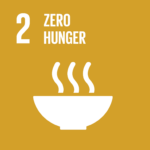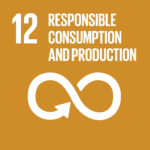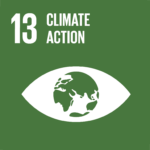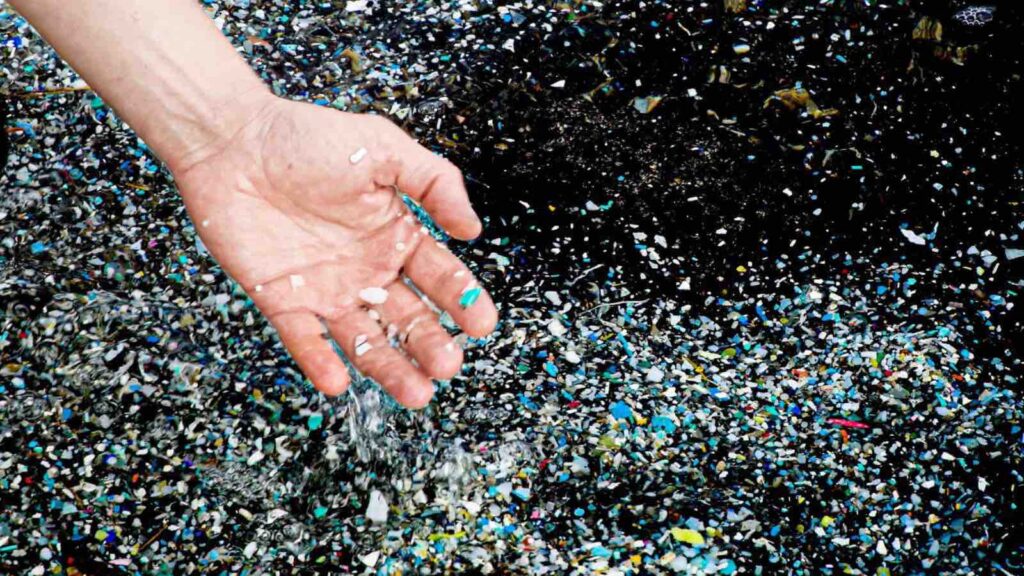New study reveals the alarming impact of plastic pollution on crop yields and seafood harvests. Microplastic contamination in plants and algae could lead to an annual loss of up to 360 million metric tons in crop production and 24 million metric tons in seafood harvests.
In the ongoing battle against plastic pollution, a new and deeply concerning threat has emerged: microplastics are disrupting photosynthesis, potentially putting global food security at risk. A comprehensive global study has revealed that microplastic contamination in plants and algae could lead to an annual loss of up to 360 million metric tons in crop production and 24 million metric tons in seafood harvests.
RELEVANT SUSTAINABLE GOALS



The findings underscore an urgent need for coordinated action to mitigate microplastic pollution, as its far-reaching effects could worsen food shortages and increase global hunger in the coming decades.
Microplastics and Photosynthesis: An Invisible Crisis
The study found that microplastic particles—especially those 100 nanometers or smaller—penetrate plant and algae cells, disrupting their ability to convert sunlight into energy. The most damaging effects include:
- A 7-12% reduction in photosynthesis efficiency
- A decrease in chlorophyll levels by 11-13%
- Increased oxidative stress that damages plant cells
- Interference with key photosynthetic enzymes that regulate energy production
Additionally, microplastics create a shading effect in aquatic environments, limiting light absorption and further reducing primary productivity.
“Smaller microplastics are particularly concerning because they directly penetrate cells and interfere with fundamental biological processes, accelerating damage to ecosystems that support global food production,” the study’s authors noted.
The study estimates that global food production losses due to microplastic pollution could be devastating:
- 4-13.5% reduction in key crop yields, amounting to 109-360 million metric tons in lost food per year
- 0.3-7.2% decline in aquatic primary productivity, affecting 147-3,415 million metric tons of carbon absorption annually
These reductions pose major economic risks for agriculture and fisheries worldwide, with low-income and food-insecure nations expected to be hit hardest.
If microplastic contamination continues unchecked, experts warn that global hunger levels could rise significantly between 2030 and 2050. Food shortages would not only drive up prices but could also increase dependence on high-carbon, industrial food production systems, worsening climate change.
Can the Damage Be Reversed? Key Strategies to Reduce Microplastic Contamination
Despite the grim outlook, the study presents a clear roadmap for reducing microplastic contamination and mitigating its effects on food production.
1. Enhancing Recycling Efficiency
- Current recycling systems capture less than 10% of plastic waste.
- With better waste management and improved design, recycling efficiency could increase by up to 50%, significantly cutting the amount of plastic waste entering ecosystems.
2. Reducing Plastic Use Through Reuse Initiatives
- Plastic packaging accounts for nearly 40% of global plastic waste.
- By scaling up reuse initiatives, plastic consumption could be cut by 20%, decreasing plastic leakage into soils and waterways.
3. Phasing Out Single-Use Plastics
- Single-use plastics are the largest contributor to microplastic pollution in the environment.
- Policy measures and corporate action could lead to a 40% decrease in plastic waste entering aquatic ecosystems.
4. Adopting Alternative Degradation Methods
- Traditional plastics degrade at an alarmingly slow rate of just 6-7%.
- By investing in biodegradable and compostable alternatives, degradation rates could rise to 48-65%, reducing long-term pollution.
5. Linking Plastic Reduction to Food Security Policies
- Governments and businesses must integrate microplastic reduction targets into national food security strategies.
- Strengthening regulations on plastic waste disposal and production is essential to ensure a sustainable global food supply.
This study reinforces a stark reality: the world’s food production systems are under direct threat from plastic pollution. The consequences of inaction extend beyond crop losses and declining seafood harvests—they also put billions of people at risk of food insecurity.
However, the research also provides a path forward. With the right policies, investments, and commitments from governments and industries, it is possible to reduce microplastic contamination and protect global food systems —before it’s too late.
You may also be interested in :
Scientists Reveal ‘Concerning’ Levels of Microplastics in Commonly Consumed Seafood





